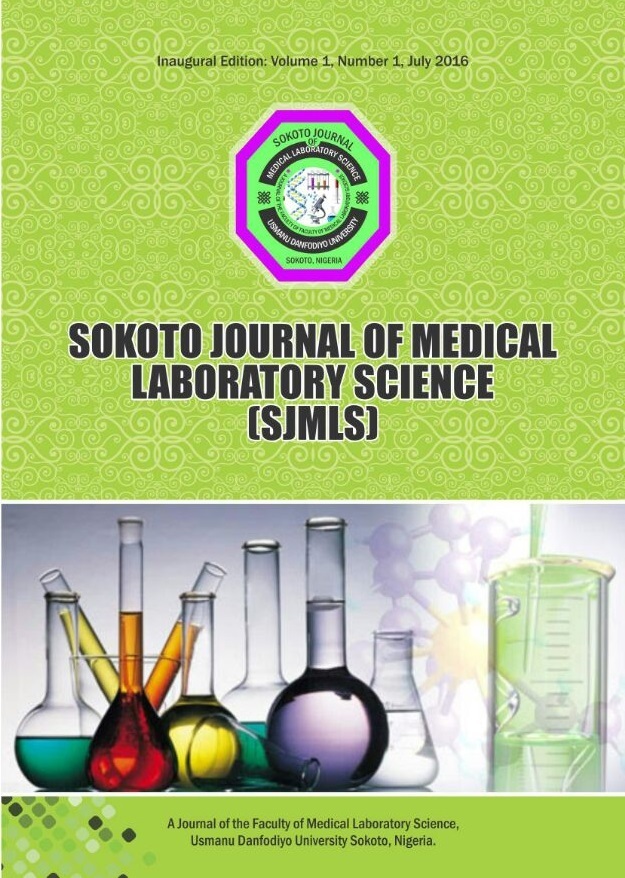In-Vitro Antimicrobial Activities of Honey on Multi-Resistant Bacteria Isolates from Infected Wounds of Patients in Benin City.
Keywords:
Antimicrobial, Extended Spectrum β-lactamase, honey, Multi-drug resistant isolates, wound infections.Abstract
This study was done to show the antimicrobial activity of honey against isolated bacteria from infected wounds. In this study, a total of two hundred (200) bacterial isolates recovered from patients with different kinds of wound infections were used. Wound swab from patients were each processed using standard microbiological techniques and the recovered isolates identified accordingly. Antimicrobial susceptibility test with standard antibiotics and pure honey as well as the detection of Extended Spectrum β-lactamase (ESBL) was carried out on the recovered bacterial isolates using standard protocols. The minimum inhibitory concentration of the pure
honey on the multi-resistant and ESBL producing isolates was demonstrated using agar diffusion methods. The organisms recovered from the infected wounds in order of prevalence were Escherichia coli (23%), Staphylococcus aureus (21%), Pseudomonas aeruginosa (15.5%) and Proteus mirabilis (14%), Coagulase Negative Staphylococcus (12.5%), Providencia spp (7%), Proteus vulgaris (4.5%) and Klebsiella oxytoca (2.5%). The antibiotic susceptibility profile of the isolates revealed that 75.5% of the isolates were susceptible to imipenem while most isolates were resistant to other antibiotics whereas, all the isolates were susceptible to the pure honey. Thirty percent (30%) of the clinical isolates were discovered to be ESBL producing bacteria with 46 out of the 60 ESBL producing bacteria being the ceftazidime-type while 20 of the ESBL producers were cefotaxime-type and 12 isolates produced both. The MIC of honey on
the clinical isolates ranged between 10%v/v to 30% v/v since at 30% v/v all of the clinical isolates were susceptible to the honey whereas the MIC of honey on the ESBL producing bacteria ranged from 15% v/v to 30% v/v with the 30% v/v exerting 100% antibacterial activity on all ESBL producing bacterial. This study has shown that honey has in-vitro antimicrobial activity on bacteria isolates from infected wounds including multidrug resistant bacteria thereby justifying the use of honey for wound dressing for its antibacterial property.




